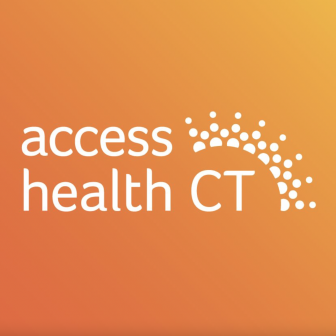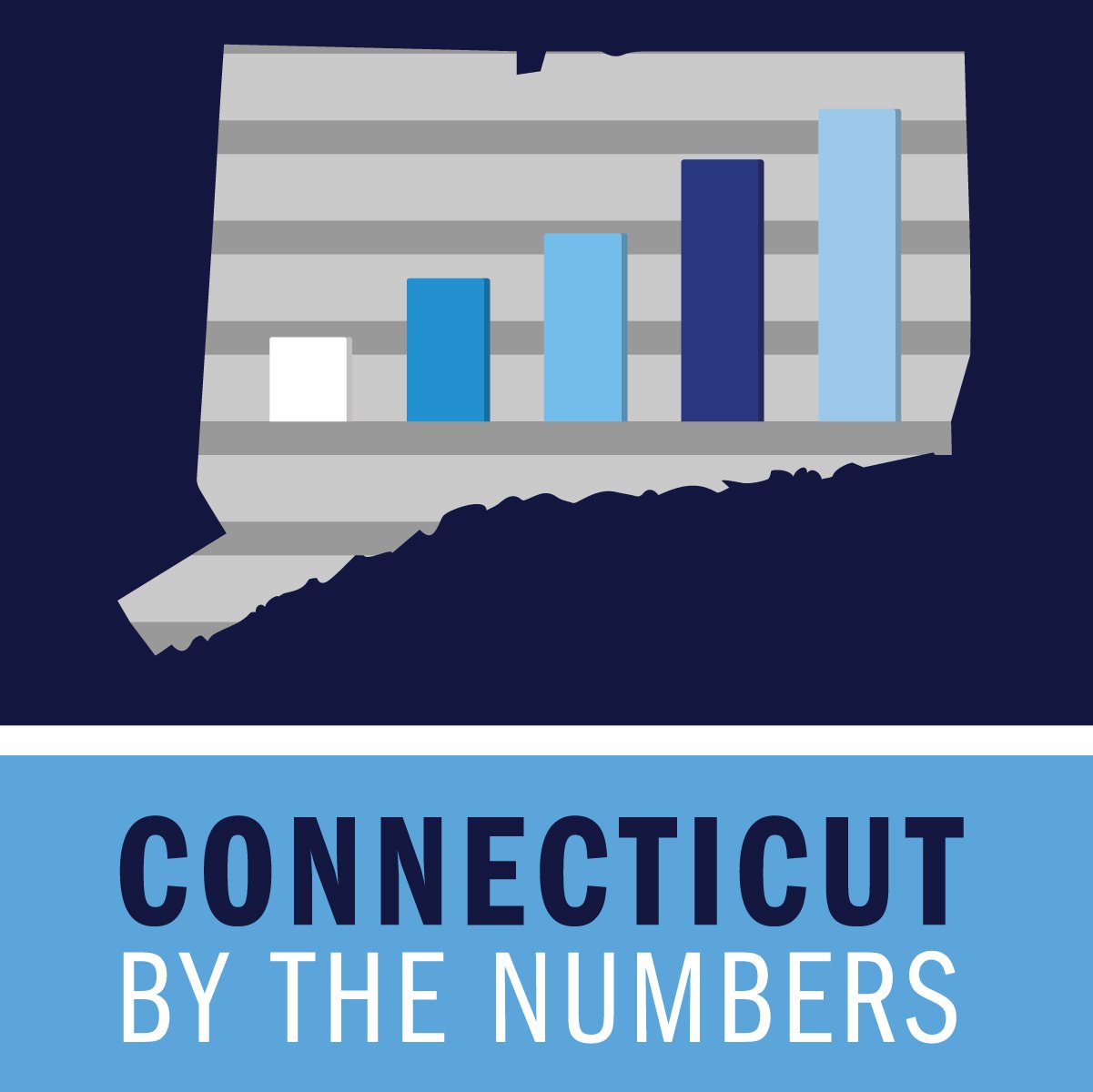Report Reflects Good News, Continuing Challenges for Women, Girls in Eastern CT
/Women and girls in Eastern Connecticut are progressing in many ways, but gender equity is elusive in many others, according to a new report. The Community Foundation of Eastern Connecticut commissioned DataHaven to develop a report on the Status of Women and Girls in Eastern Connecticut, and the findings provide an insightful snapshot of disparities that persist, and challenges that remain and may increase, as well as diminish, in the years ahead.
The purpose of the 26-page report, explains the Community Foundation’s President and Chief Executive Officer Maryam Elahi, is “to help inform and guide thoughtful conversations and inspire local ideas for social and policy advancements and investments.” It is designed to be a “platform for action” to increase opportunity, access and equity for women and girls in Eastern Connecticut, officials indicated. It is the first time that such a report was developed.
Among the key findings:
- Young women are achieving in school, but greater educational attainment has yet to translate to economic equality.
- Positive educational outcomes and economic equality are further out of reach for women of color.
- Many occupations remain segregated by gender, and women make up a majority of part-time workers.
- Women are at greater risk of financial insecurity, with single mothers at the greatest risk. 25% of all children in Eastern Connecticut live with a single mother, and 90% of single-parent households are headed by a mother.
- Women in Eastern Connecticut are healthy, with a life expectancy of about 82 years—slightly above the national average, but below the state average.
The report also found that:
- The opioid epidemic continues to ravage our communities, with deaths of women in 2016 more than double those of 2012.
- Young women are at heightened risk for many mental health conditions. 35% of female students reported feeling hopeless or depressed vs. 19% of male students, and women are three times more likely to attempt suicide than men.
- Violence against women continues to be a major public health problem. Almost 5,000 women in Windham and New London counties received services from domestic violence shelters.
 The report defines Eastern Connecticut as the Community Foundation of Eastern Connecticut service area: 42 towns that include 453,000 people, 227,000 women. The population of the region is 80% white, 9% Latina, 4% Black and 4% Asian. Approximately 33,700 residents, or 7 percent, are foreign born. Looking ahead, the report noted that the population of women ages 65 and up is projected to grow significantly over the next decade; estimated to increase 44 percent by 2025.
The report defines Eastern Connecticut as the Community Foundation of Eastern Connecticut service area: 42 towns that include 453,000 people, 227,000 women. The population of the region is 80% white, 9% Latina, 4% Black and 4% Asian. Approximately 33,700 residents, or 7 percent, are foreign born. Looking ahead, the report noted that the population of women ages 65 and up is projected to grow significantly over the next decade; estimated to increase 44 percent by 2025.
Continuing racial disparities are highlighted by the finding that among 90 percent of girls in the region’s class of 2016 graduated high school within four years, yet nearly 20 percent of women in New London and Windham/Willimantic lack a high school diploma.
The report noted that “a persistent gap” exists for women with degrees in STEM fields. Overall, 51 percent of men vs. 30 percent of women majored in science and engineering fields. Encouragingly, of 25-39 year-old women with degrees, 37 percent majored in the sciences. This is higher than previous generations.

Although women comprise 76 percent of educators, only 11 out of 41 superintendents in the region are women. The report also found that 25 percent of businesses are women-owned.
“Women’s equality,” Elahi said, “is not just a women’s issue. It affects the wellbeing and prosperity of every family and community.”
The Community Foundation has organized public forums to discuss the report findings. The first was held last week in Hampton, the next is February 15 in New London.
New Haven-based DataHaven’s mission is to improve quality of life by collecting, sharing, and interpreting public data for effective decision-making. The Community Foundation of Eastern Connecticut serves 42 towns and is comprised of over 490 charitable funds, putting “philanthropy into action to address the needs, rights and interests of the region.”


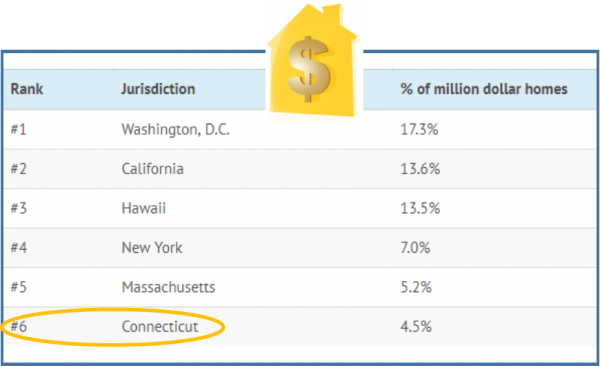
 The five metropolitan areas with the largest share of homes worth $1 million in 2017, according to CBS News, are: San Francisco, San Jose, Los Angeles, Fairfield County, CT, and Long Island, New York.
The five metropolitan areas with the largest share of homes worth $1 million in 2017, according to CBS News, are: San Francisco, San Jose, Los Angeles, Fairfield County, CT, and Long Island, New York.
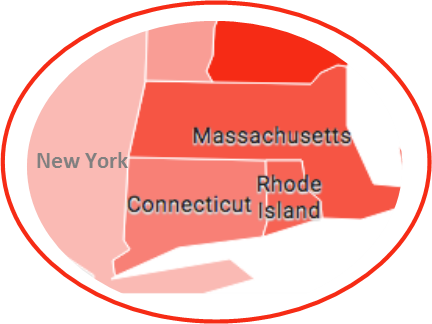 Even in advance of the merger plan, the Board of Regents has been extending lower tuition offers in every direction, reaching out to students in Massachusetts, Rhode Island, New York and even New Jersey, making offers that the Regents hope will be tough to refuse.
Even in advance of the merger plan, the Board of Regents has been extending lower tuition offers in every direction, reaching out to students in Massachusetts, Rhode Island, New York and even New Jersey, making offers that the Regents hope will be tough to refuse.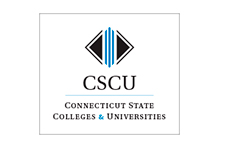
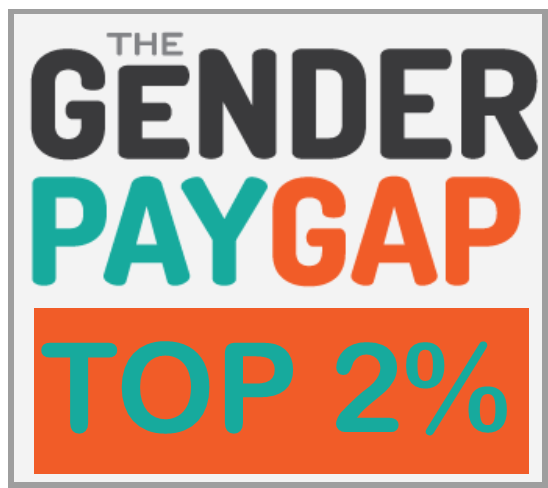





 Carrie Saxon Perry was the first black woman to be elected mayor of a major New England city – in 1987. Milner was the first black mayor in all of New England, elected in Hartford in 1981. There hasn’t been a black mayor leading the Capitol City since Saxon-Perry’s term ended in 1993.
Carrie Saxon Perry was the first black woman to be elected mayor of a major New England city – in 1987. Milner was the first black mayor in all of New England, elected in Hartford in 1981. There hasn’t been a black mayor leading the Capitol City since Saxon-Perry’s term ended in 1993. Across the country, Jacksonville, Memphis, Philadelphia and San Antonia had black mayors until recently, Governing reported. Detroit elected its first white mayor in 40 years in 2013. The nation’s largest cities – New York, Los Angeles and Chicago – have each has one black mayor, years ago. Atlanta elected a black female as mayor in a run-off election, winning with just over 50 percent of the vote.
Across the country, Jacksonville, Memphis, Philadelphia and San Antonia had black mayors until recently, Governing reported. Detroit elected its first white mayor in 40 years in 2013. The nation’s largest cities – New York, Los Angeles and Chicago – have each has one black mayor, years ago. Atlanta elected a black female as mayor in a run-off election, winning with just over 50 percent of the vote.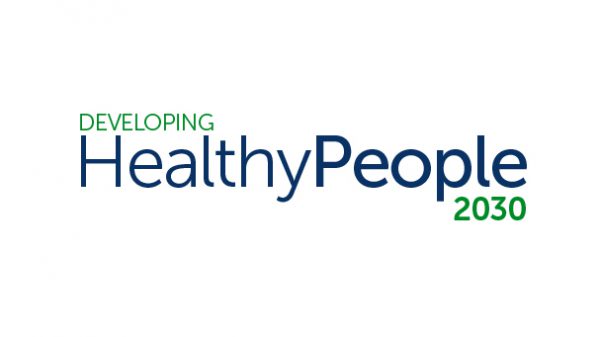
 For three decades, since 1979,
For three decades, since 1979, 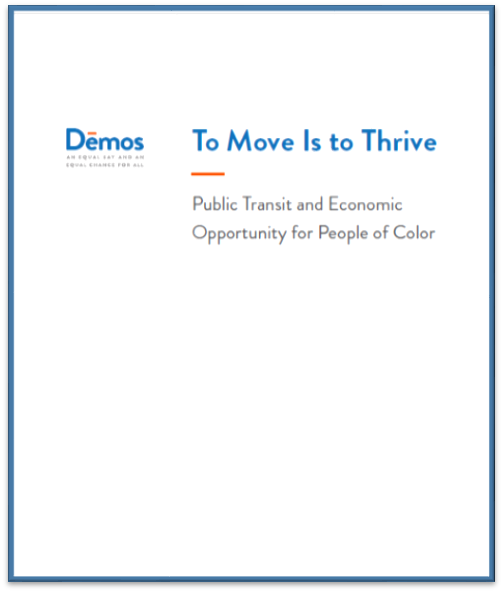
 The key findings on the jobs benefits from investment in public transit are:
The key findings on the jobs benefits from investment in public transit are:

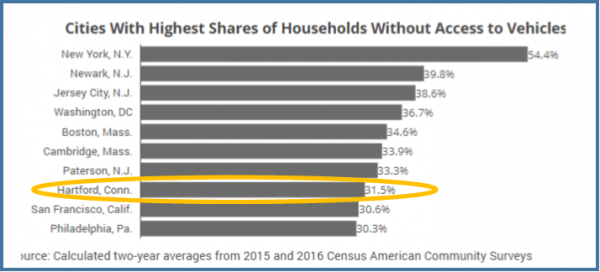 Hartford has a presence in the top 10 cities that already have among the highest share of households without a car, at a 31.5 percent two-year average. Hartford ranks 8th. The list is led by New York City at 54.4 percent, with Newark, Jersey City, Washington, Boston, Cambridge and Paterson in between. San Francisco and Philadelphia round out the top 10 after Hartford. Hartford increased from 30.3% in 2015 to 32.6% in 2016.
Hartford has a presence in the top 10 cities that already have among the highest share of households without a car, at a 31.5 percent two-year average. Hartford ranks 8th. The list is led by New York City at 54.4 percent, with Newark, Jersey City, Washington, Boston, Cambridge and Paterson in between. San Francisco and Philadelphia round out the top 10 after Hartford. Hartford increased from 30.3% in 2015 to 32.6% in 2016.


